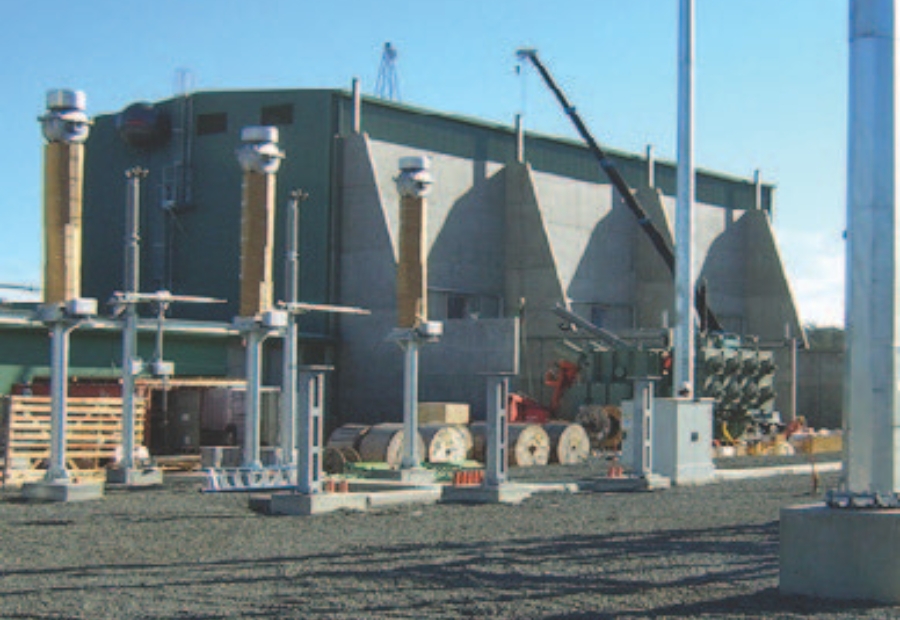Civil Infrastructure
From highways and bridges to coastal protection and waste facilities, Shaw delivers complex civil infrastructure with precision and care. Our projects span urban and regional Tasmania, working with both public and private sector clients to improve essential services.
We’re experienced in structures, drainage, landfill construction, contaminated site remediation, and more. Our team combines hands-on capability with strong environmental and stakeholder management. Whether it’s a new treatment plant or marine works in a sensitive zone, we deliver outcomes that are technically strong, community-minded, and built to last.
- Civil Infrastructure
Dunns Creek Dam
Design & Construct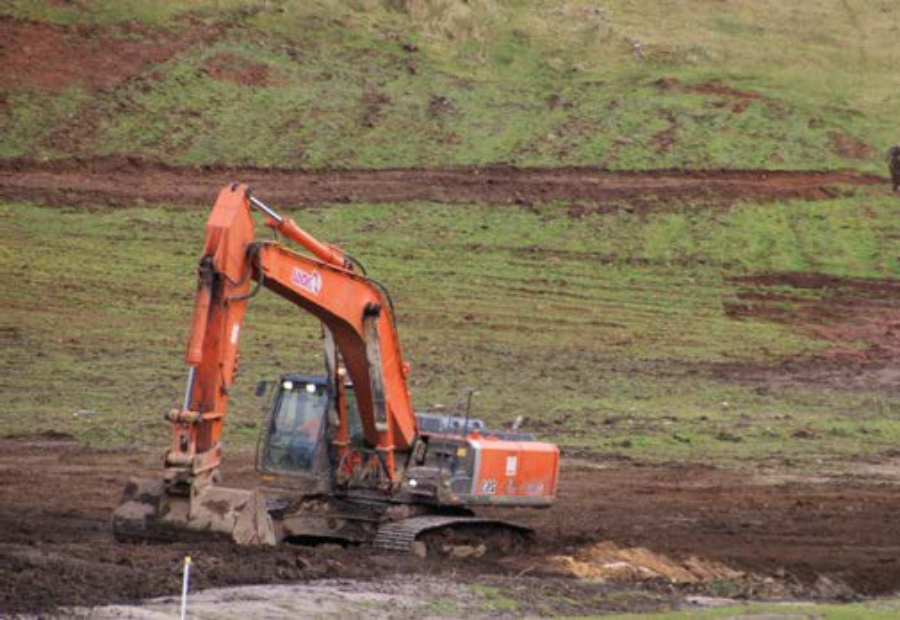
- Civil Infrastructure
Rowallan Dam Embankment Works
Embankment Works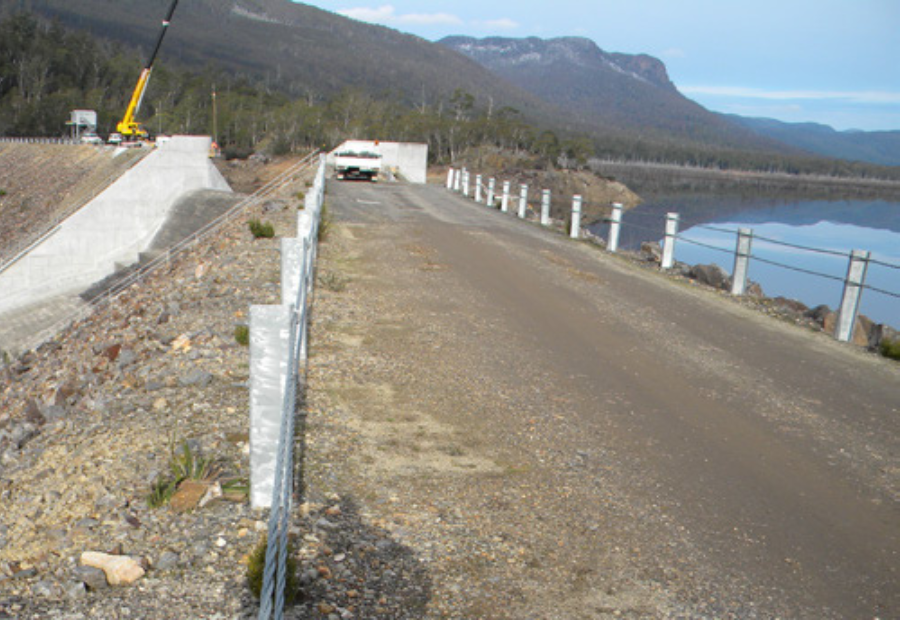
- Civil Infrastructure
Break-Me-Neck Hill
Drape Mesh Installation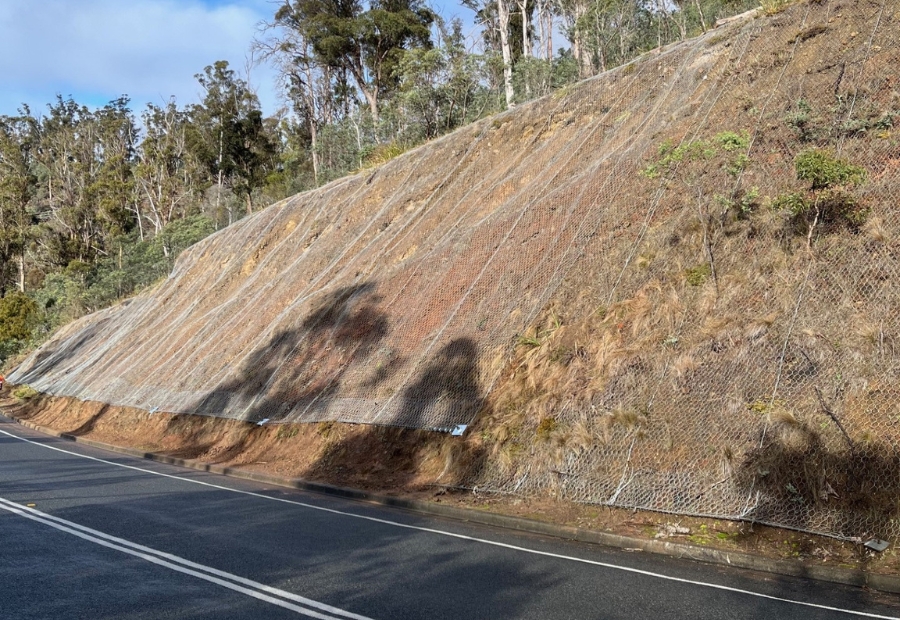
- Civil Infrastructure
Viva Energy
Devonport Fuel Tank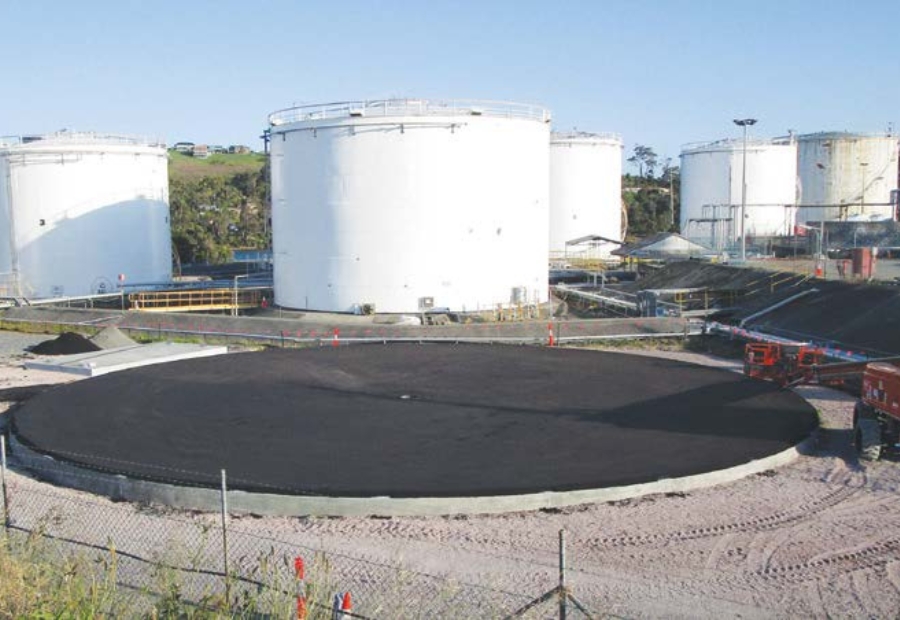
- Civil Infrastructure
Hydro Tasmania
Lower Lake Margaret Pipeline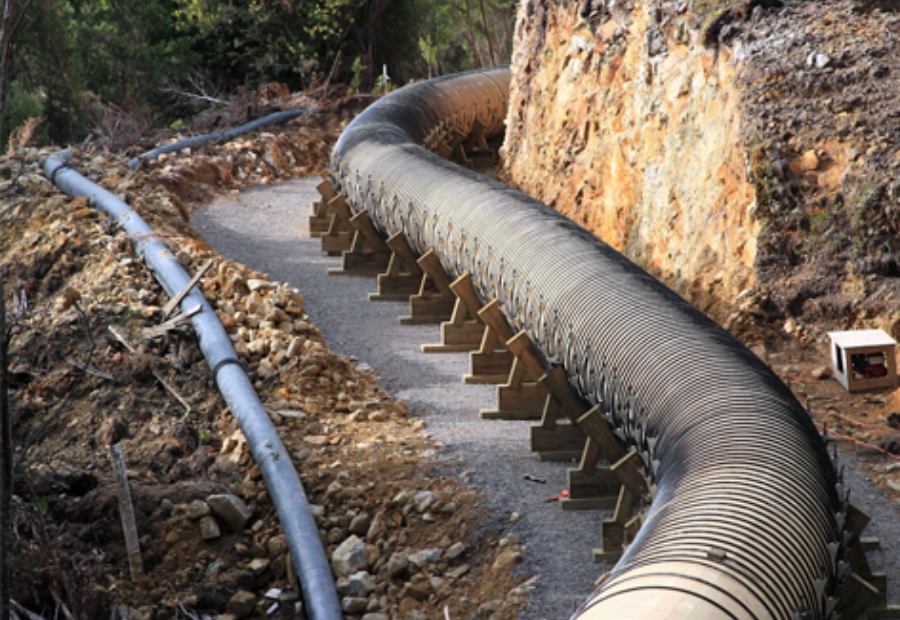
- Civil Infrastructure
Hydro Tasmania
Red Hills Diversion Project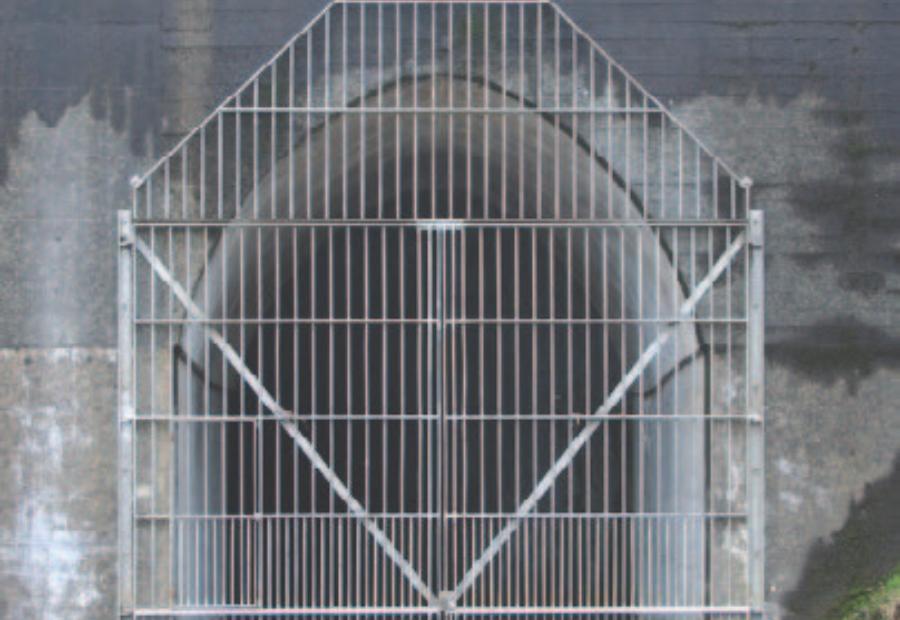
- Civil Infrastructure
Alinta Energy Control Building & Office Complex
Bell Bay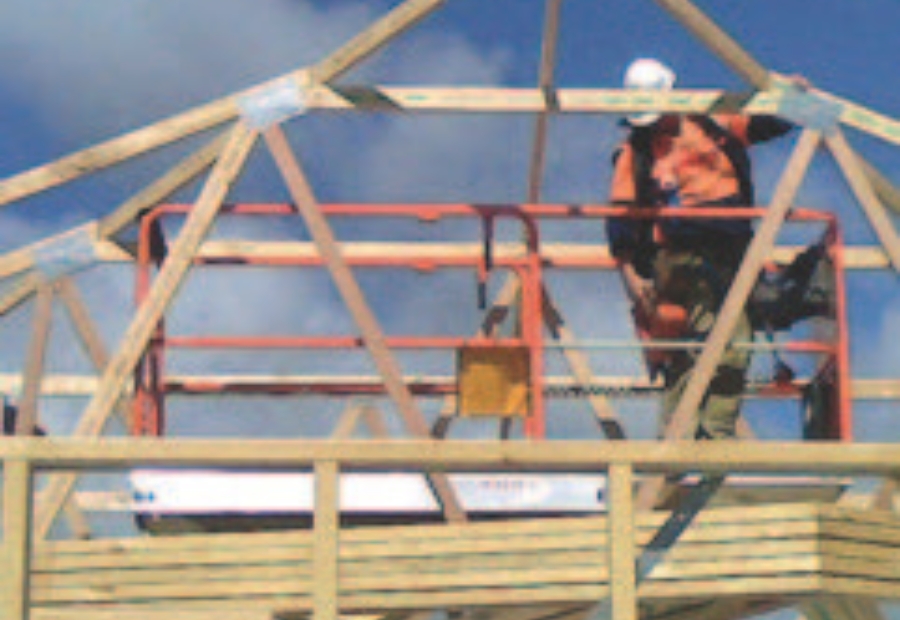
- Civil Infrastructure
Basslink Converter Station
George Town